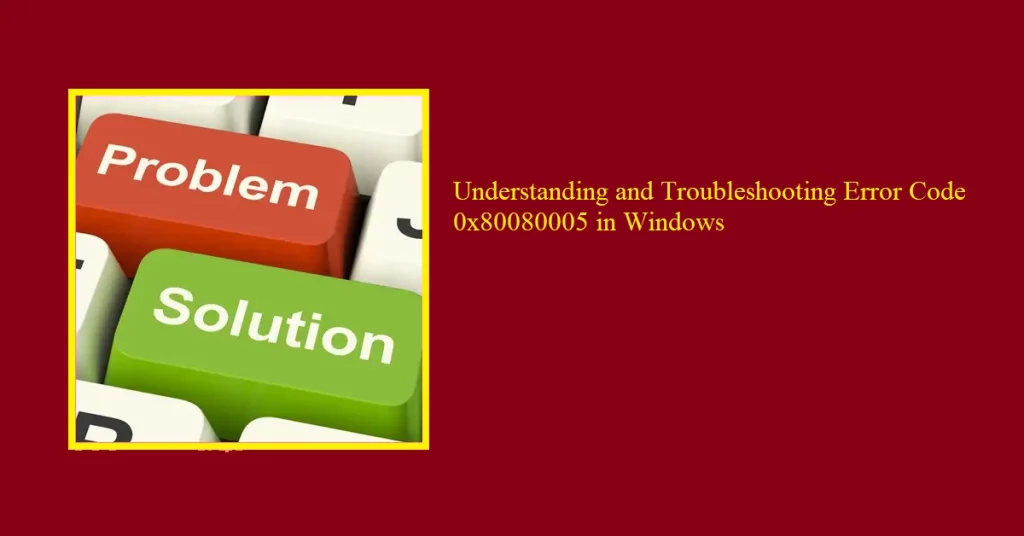
Introduction
Windows error messages can be frustrating and confusing, especially when they disrupt your workflow or prevent your system from functioning properly. This article aims to demystify these error messages, helping you understand what they mean and how to resolve them effectively.
1. Types of Windows Error Messages
- System Errors: General issues related to system operations.
- Application Errors: Issues specific to individual software applications.
- Blue Screen of Death (BSOD): Critical system errors that require an immediate restart.
- Warning Messages: Alerts that indicate potential issues but do not require immediate action.
- Informational Messages: Non-critical messages providing information about system status or actions.
2. Common Windows Error Messages
- DLL Not Found/Error: Issues related to missing or corrupt Dynamic Link Libraries.
- Access Denied: Permissions issues preventing certain actions.
- File Not Found: Missing files that applications or the system require.
- Invalid Page Fault: Memory access issues.
- Out of Memory: Insufficient memory for processes.
3. Understanding the Blue Screen of Death (BSOD)
- Common Causes: Hardware issues, driver conflicts, software bugs, overheating.
- Interpreting Stop Codes: Explanation of common stop codes like 0x0000001E, 0x00000050.
- Memory Dumps: Using memory dumps to diagnose problems.
4. Steps to Troubleshoot Windows Error Messages
- Basic Steps:
- Restart Your Computer: Simple but often effective.
- Check for Updates: Ensure Windows and applications are up-to-date.
- Run Antivirus Scans: Eliminate malware as a potential cause.
- Advanced Troubleshooting:
- Using Event Viewer: Accessing and interpreting logs.
- Safe Mode: Starting Windows in Safe Mode to isolate issues.
- System Restore: Reverting the system to a previous state.
- CHKDSK Utility: Checking and repairing disk errors.
- SFC and DISM: Using System File Checker and Deployment Imaging Service and Management Tool to repair system files.
5. Specific Error Code Solutions
- Error 0x80070005 (Access Denied):
- Check Permissions: Ensure proper permissions for the files/folders.
- Antivirus Settings: Adjust settings that might block access.
- Error 0x80004005 (Unspecified Error):
- Extracting Files: Resolve issues with file extraction.
- Network Issues: Fixing network-related errors.
- Error 0x80070057 (Parameter Error):
- Backup Issues: Resolve backup-related errors.
- Windows Update: Fix update-related problems.
6. Preventative Measures
- Regular Updates: Keeping the system and software updated.
- Backup Strategies: Regularly backing up important data.
- System Maintenance: Routine checks and maintenance tasks.
- Security Practices: Using strong passwords, firewalls, and antivirus software.
7. Tools and Resources
- Built-in Windows Tools: Disk Cleanup, Task Manager, Resource Monitor.
- Third-Party Tools: CCleaner, Malwarebytes, Driver Booster.
- Online Resources: Microsoft Support, tech forums, online troubleshooting guides.
Conclusion
Understanding and troubleshooting Windows error messages can significantly enhance your ability to maintain a stable and efficient computer system. By familiarizing yourself with common errors and employing the suggested solutions, you can reduce downtime and improve your overall Windows experience.